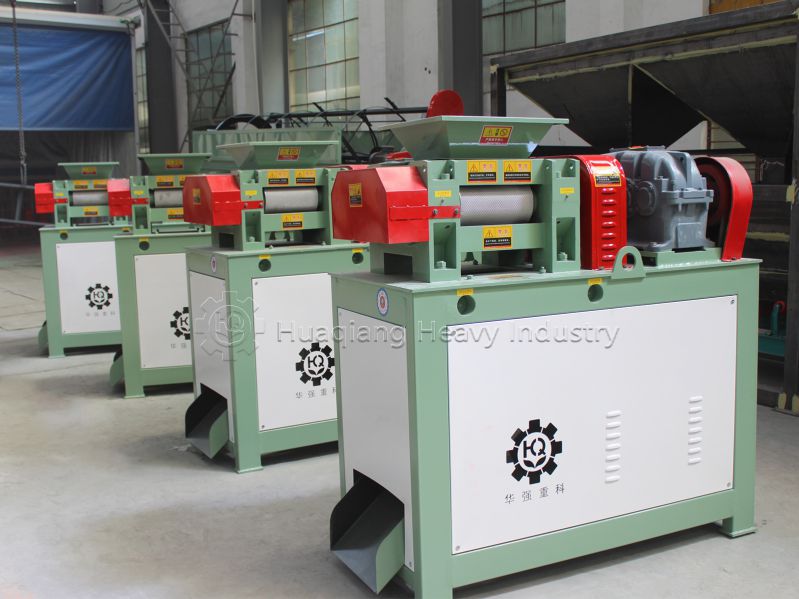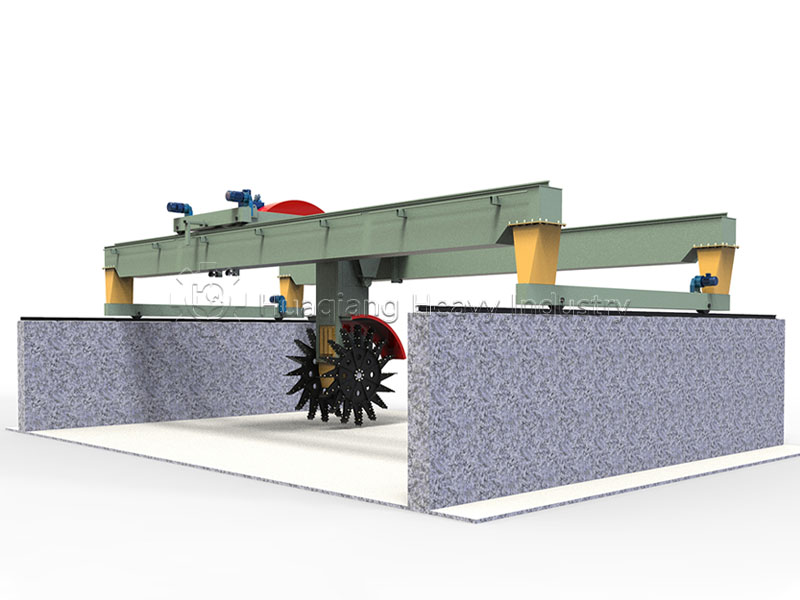Background: Soil Challenges in Modern Agriculture
Modern agriculture’s over-reliance on chemical fertilizers has created serious challenges for global soil quality, with issues like soil compaction, organic matter depletion, and microbial community imbalances increasingly threatening crop yields and food security. However, innovative organic fertilizer technology offers a sustainable solution through advanced processing equipment.
The transformation begins with efficient composting using a large wheel compost turner or wheel compost turner that aerates organic materials to accelerate decomposition. This critical first step in the organic fertilizer production line ensures proper fermentation of raw materials.
The granulation phase employs specialized equipment like the rotary drum granulator, drum granulator, and fertilizer roller press machine to transform composted material into uniform granules. These various fertilizer granulator technologies, particularly the versatile organic fertilizer granulator, create slow-release nutrients that rebuild soil structure while restoring vital organic matter and supporting beneficial microbial life.

Innovative Solution: Chicken Manure Organic Fertilizer Method
This invention provides a simple and efficient method for preparing organic fertilizer from chicken manure, converting agricultural waste into high-quality organic fertilizer through scientific fermentation processes.
Core Formula (per 1 ton of finished product)
- Chicken manure: 1.8-2.0 tons
- Straw powder/leaf powder: 0.3-0.5 tons
- Corn meal: 2.5-4 kg
- Quick-fermenting agent: 1-1.2 kg
Preparation Process
Stage 1: Chicken Manure Pretreatment
Fresh chicken manure is piled in fermentation tanks with appropriate fermenting agents, covered with agricultural film for initial fermentation lasting 10-20 days. This step effectively eliminates harmful microorganisms and initiates organic matter transformation.
Stage 2: Mixing and Composting
Deep-fermented chicken manure is mixed with supplementary materials in proportion, with moisture content controlled at 40-45%. The mixture is formed into windrows 1.5-2 meters wide and 0.3-0.4 meters high, covered with straw mats for aerobic fermentation.
Stage 3: High-Temperature Fermentation
The compost temperature rises to 50°C within 24 hours and reaches 60-70°C within 48 hours. This high temperature effectively eliminates pathogens, insect eggs, and weed seeds. The fermentation period is 6 days in spring/summer and 7 days in winter.
Stage 4: Post-treatment
When white hyphae appear on the fertilizer surface, fermentation is complete. The fertilizer is air-dried and screened to obtain the final organic fertilizer product.
Technical Advantages and Global Significance
This method offers the following outstanding advantages:
- Simple Process: Easy operation suitable for farms worldwide
- Low Cost: Utilizes agricultural waste to reduce production costs
- Environmentally Friendly: Effectively treats livestock manure, reducing environmental pollution
- Soil Improvement: Increases soil organic matter and improves soil structure
- Growth Promotion: Provides comprehensive nutrition for crops and improves agricultural product quality
Application Prospects
This innovative approach to chicken manure processing is particularly suitable for small farms in developing countries, offering a complete organic fertilizer production line solution that addresses both livestock manure pollution and quality fertilizer production. The system typically begins with a large wheel compost turner (also known as wheel compost turner) for efficient decomposition, followed by versatile granulation options including the double roller press granulator, organic fertilizer granulator, or rotary drum granulator to transform waste into valuable agricultural inputs.
The core granulation technology offers multiple equipment choices to suit different farm needs. The fertilizer roller press machine (also referred to as double roller granulator) provides a dry granulation method, while the drum granulator utilizes the drum granulation process for moist materials. These various fertilizer granulator options enable farmers to select the most appropriate technology for their specific conditions and production requirements.
While distinct from the more industrial npk production line and its complex npk production process involving specialized npk fertilizer granulator equipment, this organic approach achieves similar quality outcomes through simpler means. Through this circular economy model, we can not only turn waste into treasure but also contribute significantly to global food security, ecological environmental protection, and sustainable agricultural development.
.jpg)







